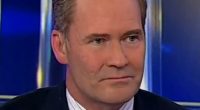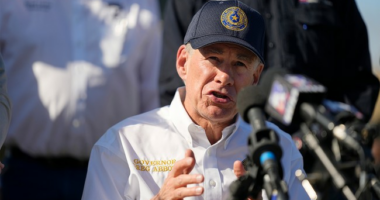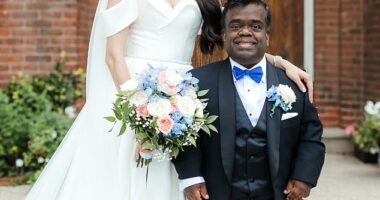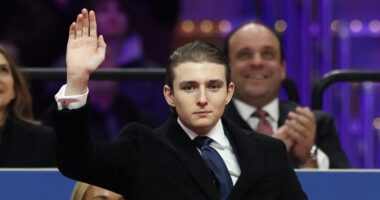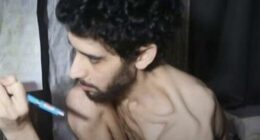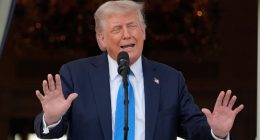The 26-year-old believes that is due, in part, to the fact that most of them are young women.
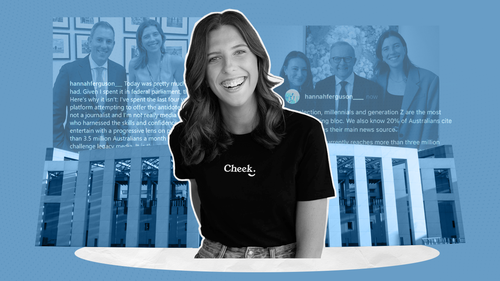
As co-founder and chief executive of Cheek Media Co. and co-host of its biggest podcast, Big Small Talk, Ferguson has a monthly audience of more than 3 million Australians and a vested interest in how the budget would affect them.
Despite that, she and her peers – including FSG licensed finance creator Natasha Etschmann (@tashinvests) and youth mental health charity founder Milly Rose Bannister – were reduced to ‘influencers’ and ‘Instagram stars’ by some media outlets.
“They should feel embarrassed about their willingness to attack me and try to make me look like a silly young woman,” she told 9news.com.au of the backlash.
“Why is it that someone creating content that educates the everyday voter – how does that make someone self-obsessed?
“Is it because I’m a young woman with an Instagram account that has a following? That sort of dialogue would never be projected onto a man.”
Several outlets referred to Bannister as an ‘activewear ambassador’, highlighting her partnership with Lululemon before her advocacy and charity work.
Some outlets also included young female journalists from Women’s Agenda and Missing Perspectives on their lock-up ‘influencer’ lists, including Tarla Lambert-Patel and Angela Priestley, and Alicia Vrajlal and Phoebe Saintilan-Stocks respectively.

“That sort of dialogue would never be projected onto a man,” Ferguson said.
“They’d never call Mark Bouris, who also primarily operates on social media and through podcasts just like me, an influencer or self obsessed. It’s singularly reserved for young women.”
And while reports that the Labor party covered some attendees’ travel costs will muddy the waters around how influencers fit into the media landscape, Ferguson confirmed she paid her own way.
Several other new media attendees told 9news they also covered their own costs.
Ferguson is adamant that she and her peers wouldn’t have been targeted in the same way if they were not young women with majority female audiences.
Through Cheek Media, she seeks to break down complex political and other issues in a way that is accessible to the millions of Gen Z and Millennial women who will be going to the polls on Saturday, May 3 for the 2025 Federal Election.
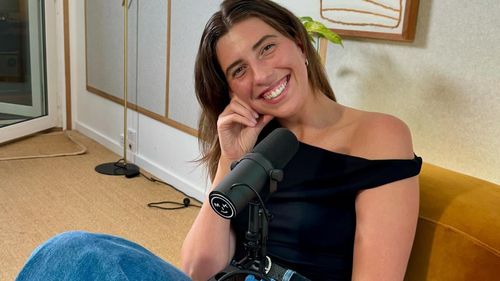
Many Australian women – especially young women – have reported feeling underrepresented in or downright excluded from our nation’s political and media landscape.
Ferguson and the other female new media figures invited to Canberra next week are the key to changing that.
Whether it’s explaining how a preferential voting system works, breaking down what the Federal Budget means for women’s health, or summarising key election issues, they speak directly to Australian voters who have disengaged from mainstream news.
And it looks like those voters are listening; Cheek Media currently reaches more than 3 million Australians each month and Ferguson predicts that number will climb as the election approaches.
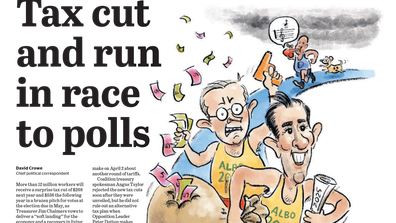
In pictures: The federal budget newspaper front pages
“What I’m trying to do is speak to young women, who for a long time felt excluded and uninvited into this space,” Ferguson said.
“[And] ensure that the stuffy, complicated language of politics and power systems is broken down and communicated through social media in such a way where people feel that they can make an informed choice about their vote.”
It’s not just Gen Z and Millennials turning to new media for their news either.
The Digital News Report: Australia 2024 found that almost half of Australians use social media to access news, about 30 per cent of Ferguson’s audience are aged 45 to 54, and she has more over-60s following her than under-20s.
:contrast(13)/https%3A%2F%2Fprod.static9.net.au%2Ffs%2F2a79612e-5b7b-494b-9cdb-4cacf2b6c01c)
US politicians have already shown the world how it’s done, with US President Donald Trump and former Vice President Kamala Harris both taking advantage of social media and podcasts to boost their election campaigns in 2025.
Now it seems Australian parties are poised to follow suit with the help of many young, female new media personalities.
“The way to maintain relevance with the Australian public and to reach them in new ways, especially low engagement voters, is through social media,” Ferguson said.
‘”It’s time to adapt. New media is here and I believe that now we’ve blasted through the door, especially with the budget, it marks a huge turning point in Australian media.”
